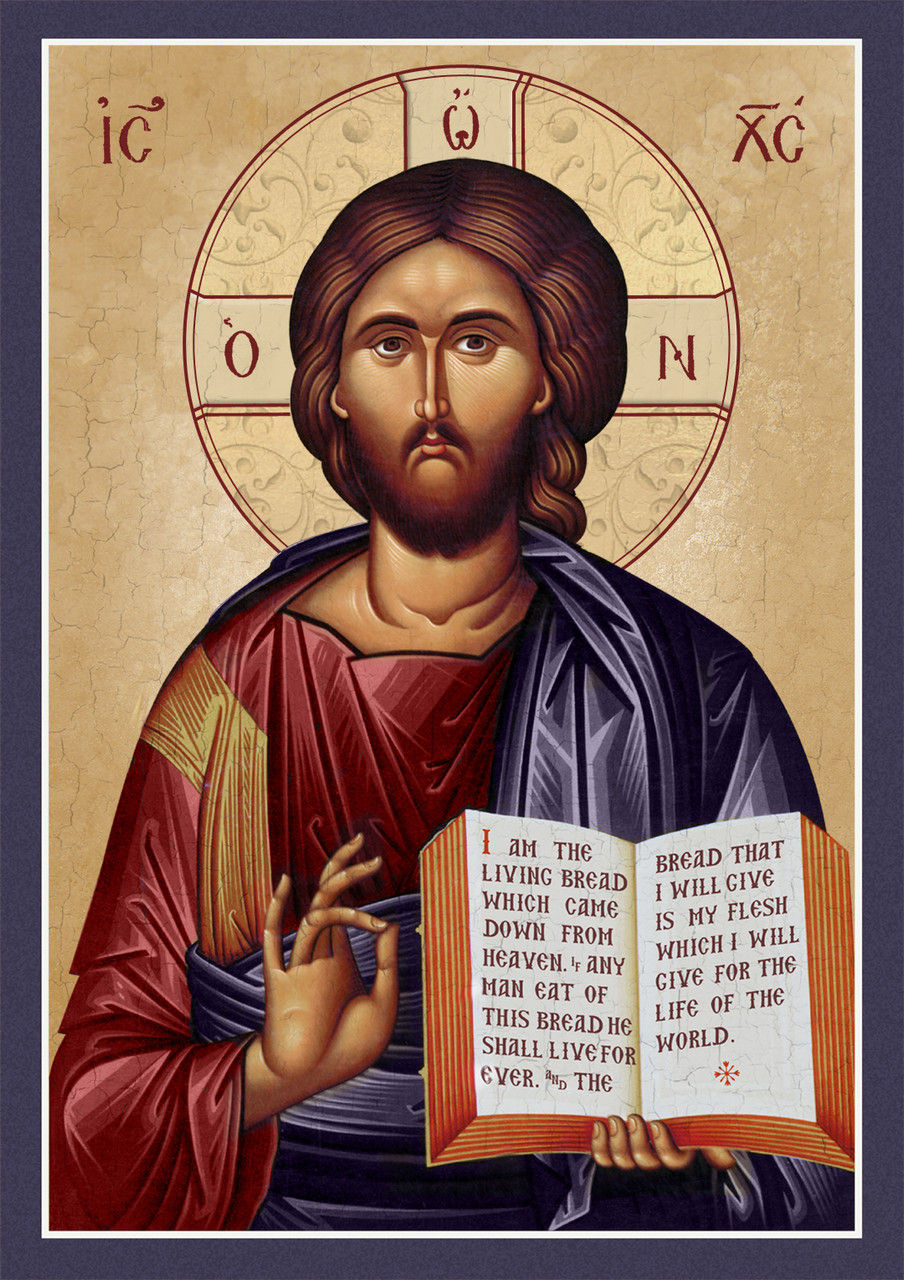Discovering Byzantine Fasts and Feasts
- byzantineoutreacho
- Jun 1
- 5 min read
Updated: Jun 22
The Byzantine Catholic tradition is a rich and vibrant part of the broader Christian faith, offering a unique perspective on worship, prayer, and spiritual life. For those looking to deepen their spiritual journey and connect with ancient liturgical practices, delving into the sacredness of Byzantine fasts and feasts can be a transformative experience.

The Byzantine Catholic Church follows a rich liturgical year filled with fasts and feasts, reflecting its deep roots in Eastern Christian tradition. These observances, rooted in Scripture and early Church practices, guide the faithful through a cycle of penance, celebration, and spiritual renewal. The liturgical year begins on September 1 and ends on August 31, with dates for movable feasts determined by Pascha (Easter), calculated using either the Gregorian or Julian calendar. In 2025, most Byzantine Catholics in the U.S. follow the Gregorian calendar, where Pascha falls on April 20. Below is an overview of the major fasts and feasts in chronological order, starting with September 1, their histories, 2025 dates listed after each, and participation methods, labeled as either a fast or a feast, with hyperlinks to Byzantine Catholic or Orthodox websites.
Fasts and Feasts
Exaltation of the Holy Cross--September 14: Feast
History: Dating to the 4th century, this feast commemorates the discovery of the True Cross by St. Helena and its veneration.
Participation: Attend liturgy, venerate the cross, and reflect on Christ’s sacrifice.
Nativity (Philippov) Fast--November 15 – December 24: Fast
History: Dating to the 4th century, this fast prepares for Christ’s Nativity, linked to St. Philip’s feast on November 15. It mirrors the 40-day Lenten fast, emphasizing the Incarnation.
Participation: Abstain from meat, dairy, and eggs on Mondays, Wednesdays, and Fridays; allow wine and oil on Tuesdays, Thursdays, Saturdays, and Sundays. On December 24, maintain a strict fast until after the Nativity Liturgy. Focus on prayer, charity, and Nativity preparation.
Entrance of the Theotokos--November 21: Feast
History: Established by the 6th century, this feast celebrates Mary’s entry into the Temple at age three, symbolizing her dedication to God.
Participation: Attend liturgy, venerate icons, and reflect on Mary’s preparation for her role.
Nativity of Christ (Christmas)--December 25: Feast
History: Celebrated since the 4th century, this feast marks Christ’s birth, aligned with the winter solstice to symbolize light overcoming darkness.
Participation: Attend the Nativity Liturgy, exchange gifts, and enjoy a festive meal. The preceding fast enhances the celebration.
Theophany (Epiphany)--January 6: Feast
History: Dating to the 2nd century, this feast commemorates Christ’s baptism, revealing the Trinity, with water blessings as a key ritual.
Participation: Attend the Divine Liturgy and blessing of water, taking some home for blessings. Reflect on Christ’s divinity.
Presentation of Our Lord (Meeting of the Lord)--February 2: Feast
History: Established by the 6th century, this feast recalls the presentation of Jesus in the Temple (Luke 2:22-40), celebrated 40 days after Christmas.
Participation: Attend liturgy, venerate icons, and reflect on Christ as the light to the Gentiles.
Great Lent, Meatfare, and Cheesefare--Meatfare Sunday: February 16, Cheesefare Sunday: February 23, Great Lent: February 24 – April 19: Fast
History: Great Lent, or the "Holy Forty Days," evolved from early Christian practices of preparing catechumens for baptism at Pascha. By the 4th century, the Council of Nicaea (325) established a 40-day fast, inspired by Moses and Elijah’s 40-day fasts and Christ’s temptation. Meatfare Sunday and Cheesefare Sunday were added to transition into the fast, with roots in medieval Slavic traditions to clear out meat and dairy.
Participation:
Meatfare: Traditionally, families consume remaining meat, preparing for the fast. Attend liturgy and reflect on the Last Judgment Gospel.
Cheesefare: Finish dairy products, participate in Forgiveness Vespers on Cheesefare evening, and seek reconciliation with others.
Great Lent: Abstain from meat, dairy, eggs, and fish (except on mitigated days like Saturdays and Sundays, when wine and oil are allowed). Fast strictly on Clean Monday (February 24) and Holy Friday (April 18). Increase prayer, almsgiving, and attend services like Presanctified Liturgy. Consult a priest for personal adjustments, especially for health reasons.
Annunciation--March 25: Feast
History: Established by the 6th century, this feast celebrates the Incarnation, nine months before Christmas, tied to Mary’s fiat.
Participation: Attend liturgy, venerate Mary, and meditate on the Incarnation.
Pascha (Easter)--April 20: Feast
History: The pinnacle of the liturgical year, Pascha celebrates Christ’s Resurrection, with roots in the Jewish Passover and early Christian practice of a Sunday feast post-crucifixion.
Participation: Attend the Paschal Vigil (starting late April 19) and Divine Liturgy. Refrain from fasting for 50 days, stand during services, and share the Paschal greeting, “Christ is Risen!”
Ascension--May 29: Feast
History: Dating to the 4th century, this feast marks Christ’s ascent to heaven, 40 days after Pascha.
Participation: Attend liturgy, focusing on Christ’s glorification and the promise of the Holy Spirit.
Pentecost--June 8: Feast
History: Celebrated since the 4th century, this feast commemorates the Holy Spirit’s descent, 50 days after Pascha.
Participation: Attend liturgy, decorate with green, and reflect on the Church’s birth.
Apostles’ Fast--June 16 – June 28: Fast
History: Established at the First Council of Nicaea (325), this fast honors the Apostles’ missionary work post-Pentecost, varying in length based on Pentecost’s date.
Participation: Strict abstinence (no meat, dairy, eggs, fish) on Mondays, Wednesdays, and Fridays; wine and oil allowed on other days. Attend liturgies for Sts. Peter and Paul (June 29) and deepen evangelistic reflection.
Sts. Peter and Paul--June 29: Feast
History: Dating to the 4th century, this feast honors the martyrdom and missionary work of Sts. Peter and Paul, key Apostles.
Participation: Attend liturgy, venerate icons, and reflect on apostolic legacy.
Transfiguration--August 6: Feast
History: Rooted in the 6th century, this feast commemorates Christ’s Transfiguration (Matthew 17:1-9), revealing His divine nature to the Apostles.
Participation: Attend liturgy, bless grapes or fruit, and meditate on Christ’s glory.
Dormition Fast--August 1 – August 14: Fast
History: Originating in the 5th century, this two-week fast prepares for the Dormition (Assumption) of Mary, reflecting her role in salvation history.
Participation: Strict abstinence on weekdays; wine and oil permitted on Saturdays, Sundays, and the Transfiguration (August 6). Attend Dormition services on August 15, emphasizing Marian devotion.
Dormition of the Theotokos--August 15: Feast
History: Rooted in the 5th century, this feast honors Mary’s “falling asleep” and assumption, a belief solidified in Eastern tradition.
Participation: Attend liturgy, venerate icons, and celebrate Mary’s role in salvation.
Weekly Fasts--Every Wednesday and Friday: Fast
History: Rooted in early Church penance, Wednesdays commemorate Christ’s betrayal, and Fridays His crucifixion. These are obligatory year-round.
Participation: Abstain from meat; some add dairy and egg restrictions. Use the time for prayer and penance, avoiding excessive indulgence.
General Participation Guidelines
Fasting: Adjust based on age, health, or pregnancy, consulting a priest. Focus on spiritual intent—prayer, almsgiving, and humility—over mere dietary rules.
Feasts: Attend Divine Liturgy, participate in communal meals, and engage in family traditions. Stand during services unless health prevents it.
Calendar Note: Dates reflect the Gregorian calendar; Julian dates (e.g., May 4 for Pascha) apply to some communities. Check local parish schedules.
This cycle invites a balanced life of penance and joy, connecting the faithful to centuries of tradition while adapting to modern needs.



Comments